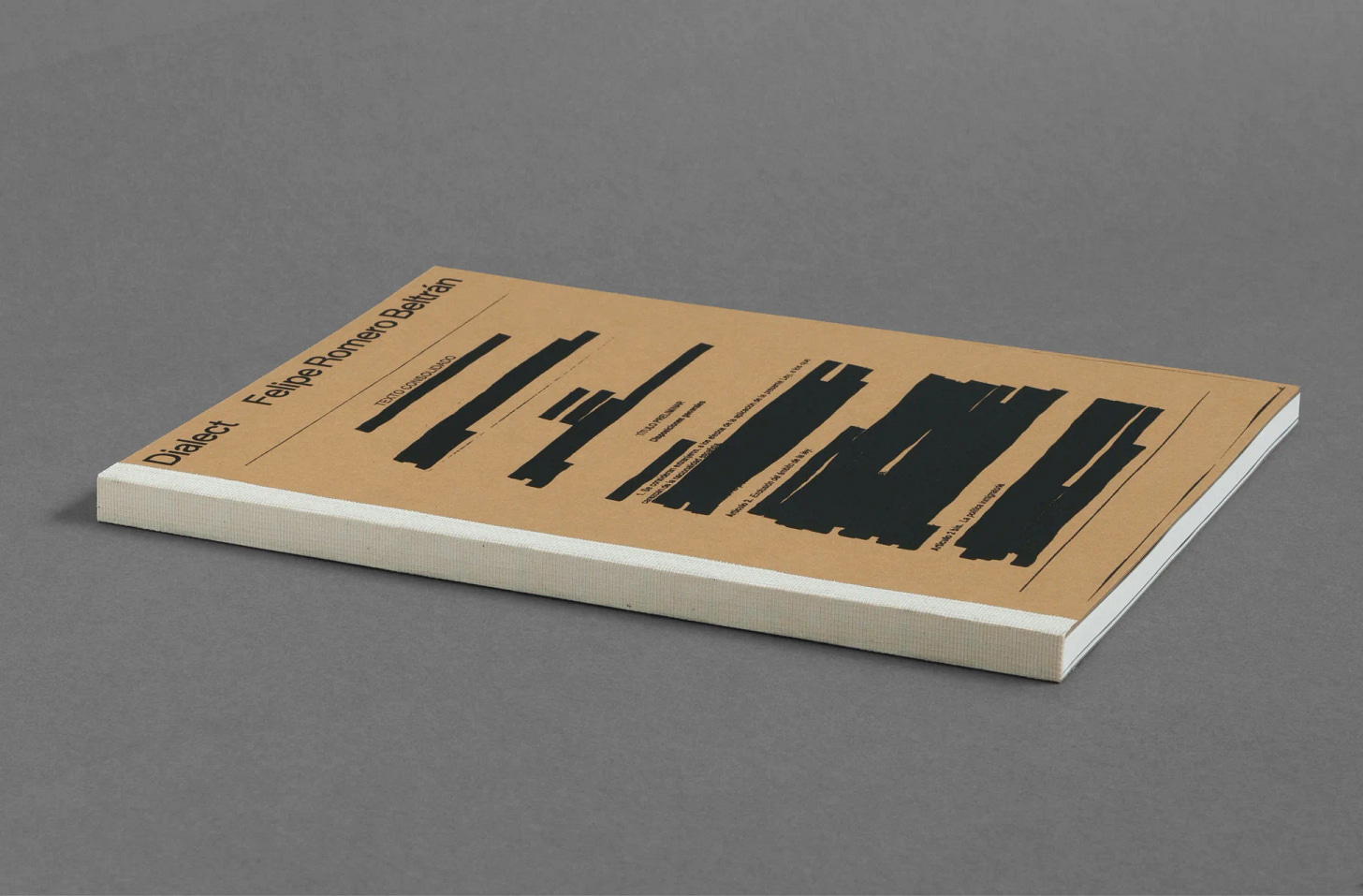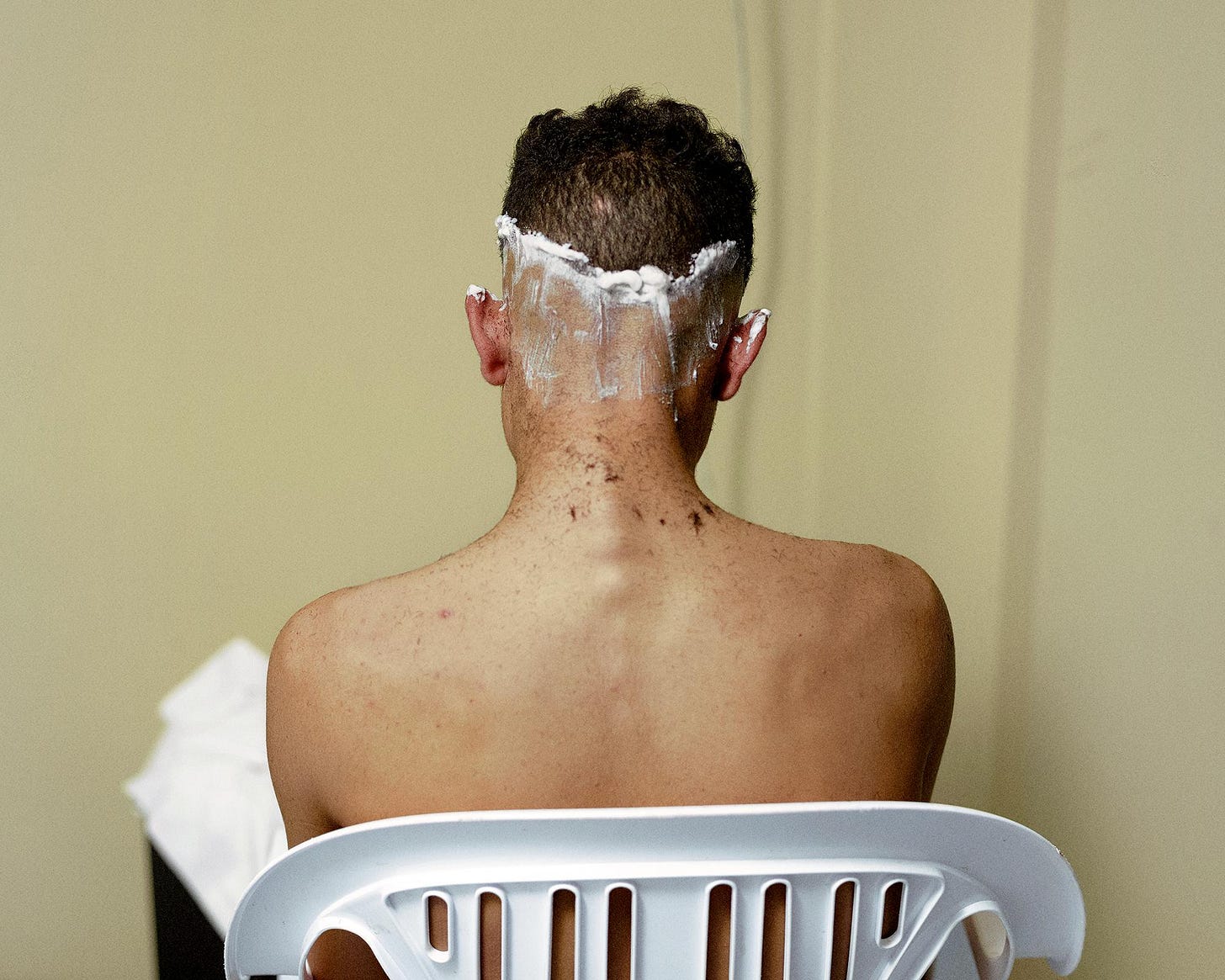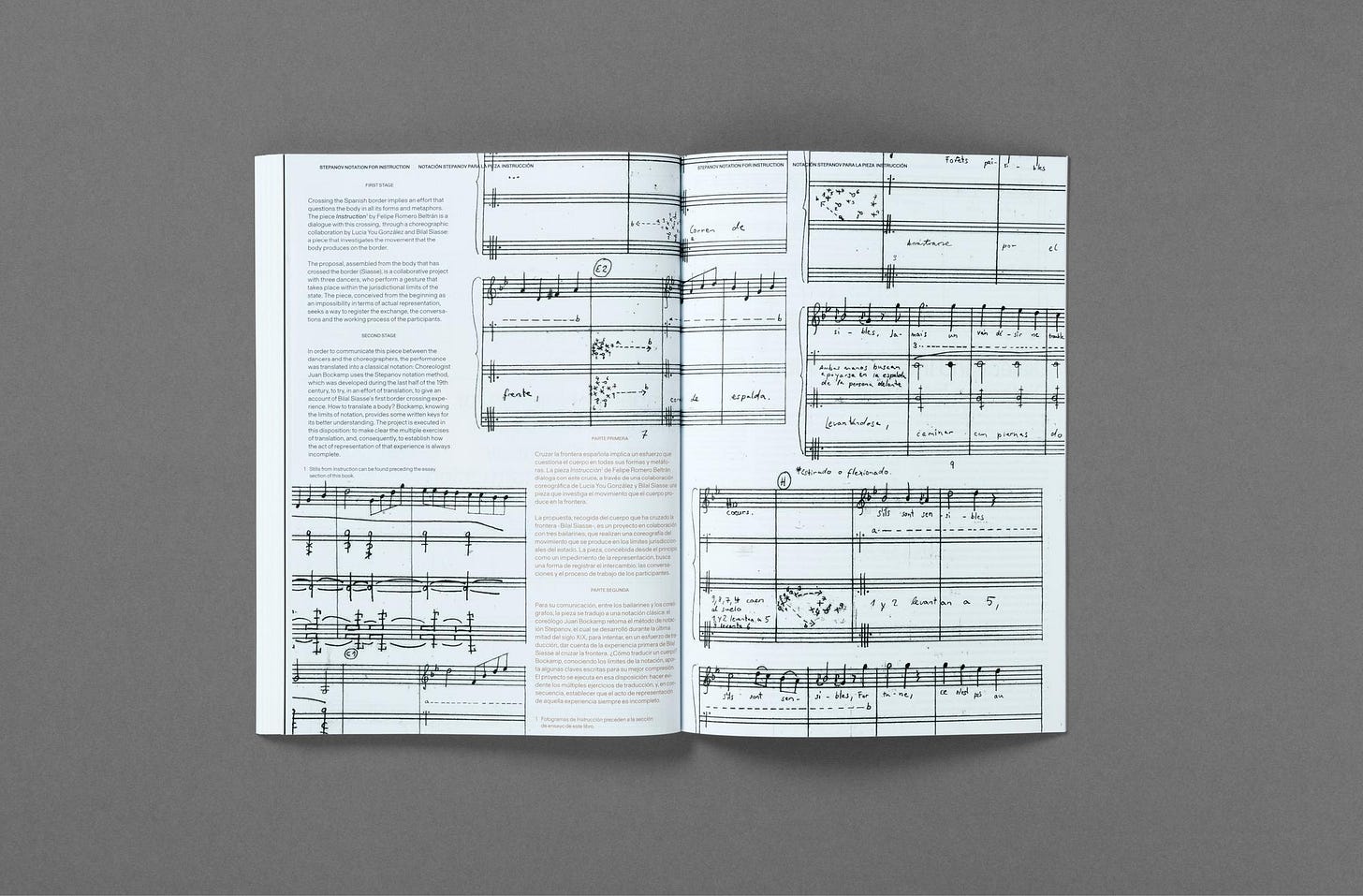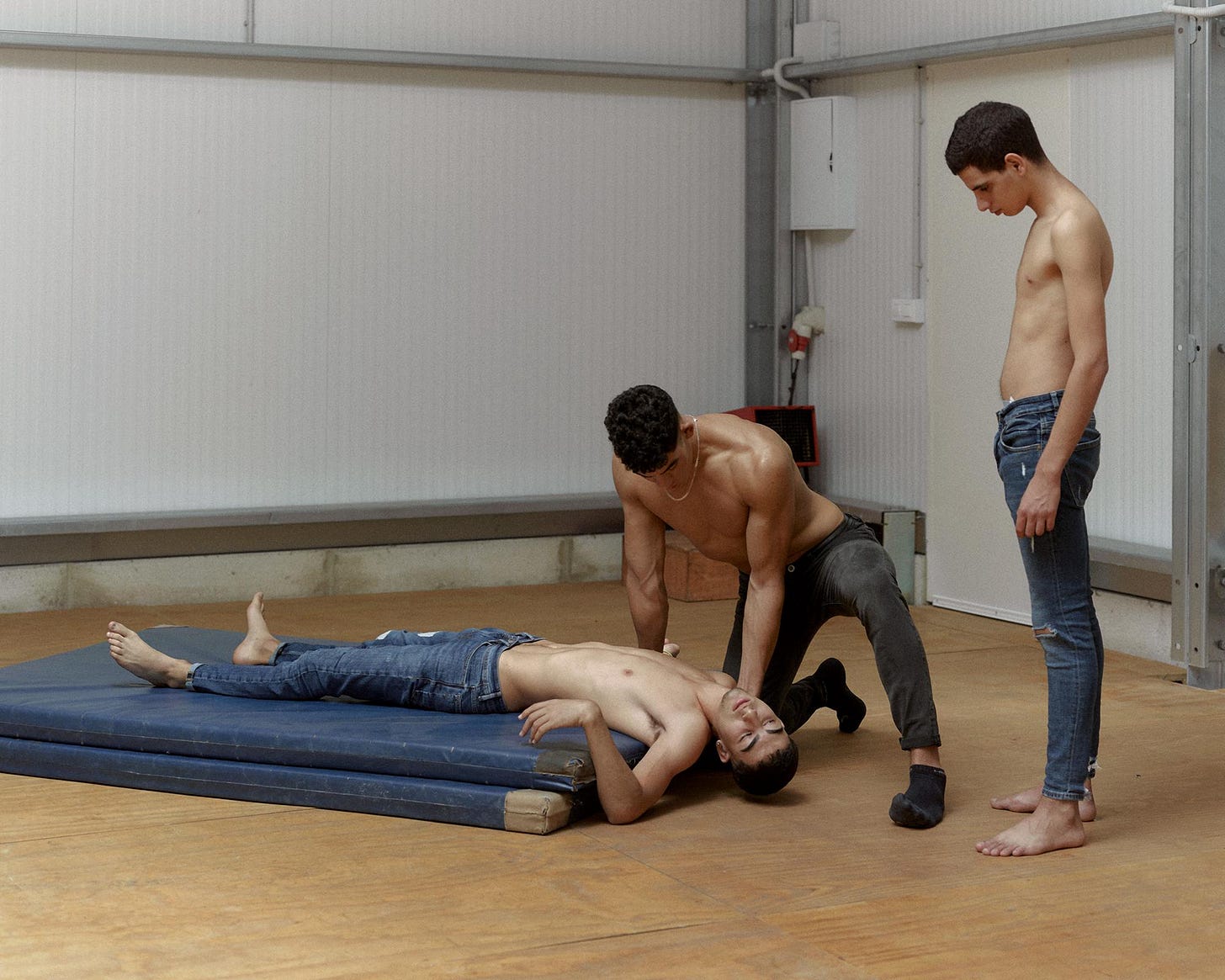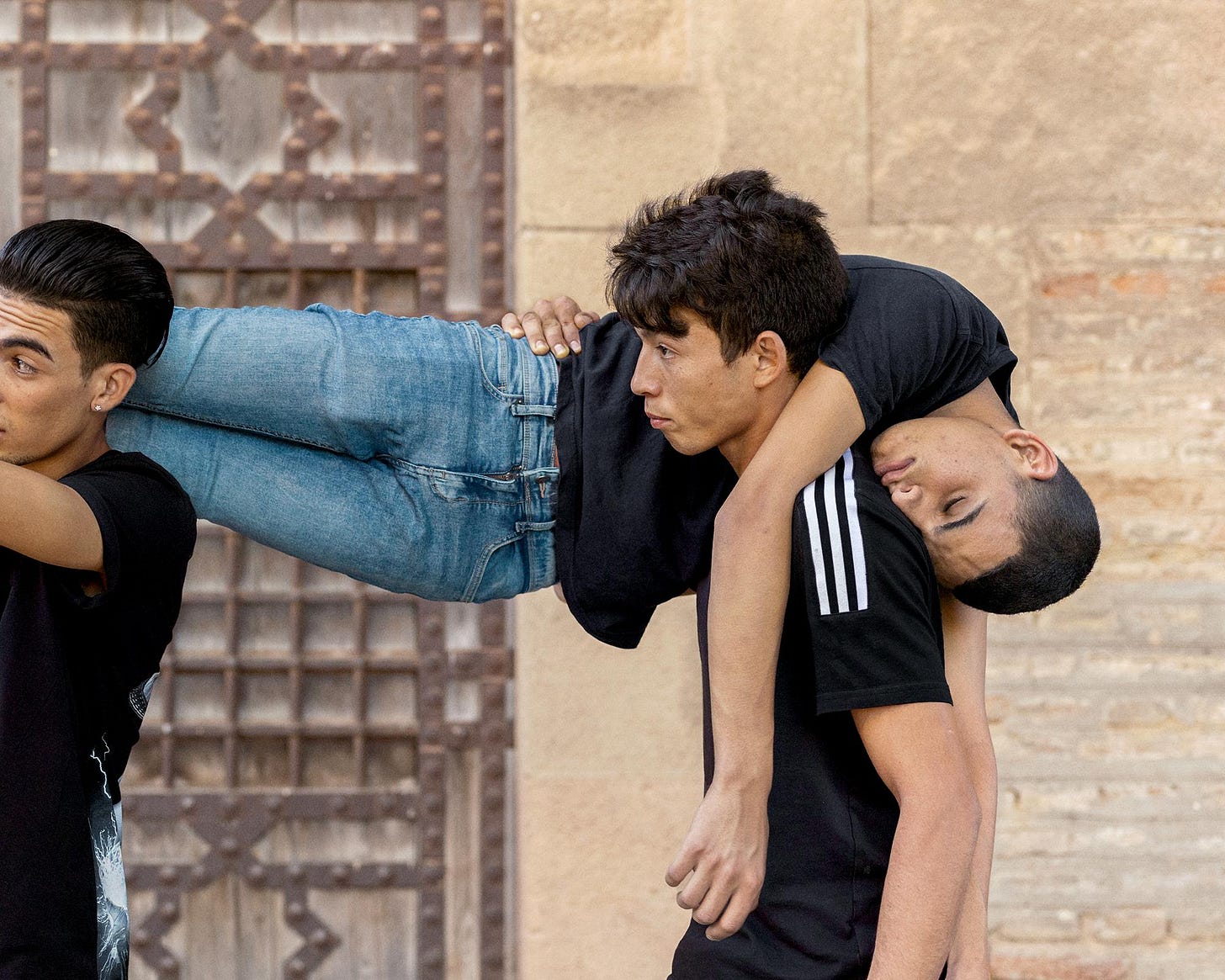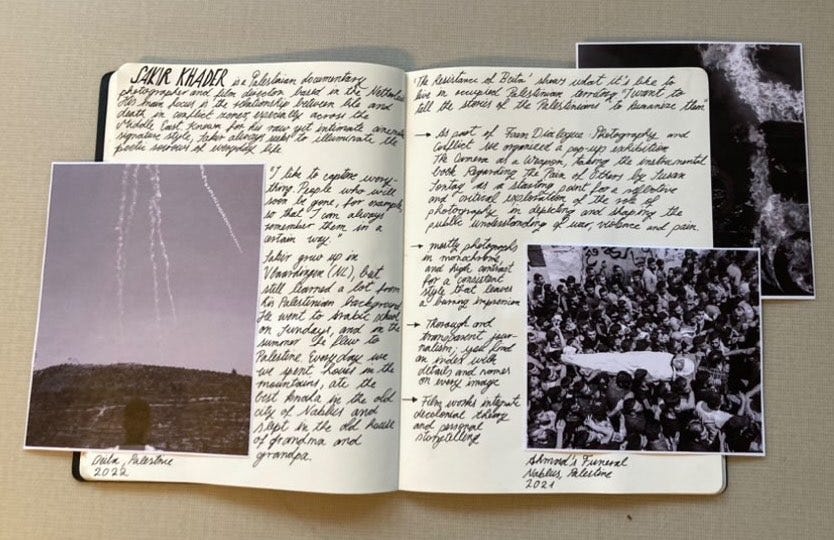more storytelling, less storyselling
Welcome to dear midnight, my bi-weekly newsletter with musings on all things photography, publishing and the artistic process.
For the newcomers: in this newsletter I write about my work with photography and the material that inspires me, both for Foam Magazine and my own art practice. You can expect sketches from the studio, reviews, interviews and gems or discoveries that cross my path, my desk or my feed. The name is an homage to the late nights I spend on my own projects after work, and I look forward to sharing with you some candlelight ramblings. Most of all, I’m excited about building a community that is just as mad about photography as I am. Hopefully you will find it interesting!
For me the most inspiring part about making Foam Magazine must be connecting with artists, writers and curators all over the world. Sunyoung Kim for example works as Senior Curator at Museum Hanmi (South Korea’s first photography museum, located in Seoul) and we met in London last year at a symposium organised by the V&A. Ever since then we hop on zoom calls now and then to, what else, talk photography.
This week Sunyoung introduced me to the book Die Kriese der Narration (Engl: The crisis of storytelling), the latest title by philosopher Byung-Chul Han who is known for his critical reflections on society and capitalism. In this essay he argues that true story-telling is slowly dying, and replaced by a 'post-narrative age' in which most communication happens silently through our smart phones, and most storytelling we are confronted with is made to sell something or someone. This sounds so sad, and although I do recognise what he says I can’t help myself but search for ways to disagree. A good reminder to look for meaningful stories in the cacophony of voices that echo through the media landscape.
1: Echo
For his series ‘Dialect’ the Colombian artist Felipe Romero Beltrán worked with a group of nine underaged Moroccan migrants, who are trapped in the limbo of immigration bureaucracy in Southern Spain. Over the course of three years Felipe photographed these young men and published a book with Loose Joints that received much applause for its progressive and collaborative approach to photojournalism and storytelling.
Instead of the clichés that we are used to seeing in news coverage of the ‘migrant crisis’, Felipe’s images convey in a symbolic yet personal way the bond of community, the boredom of waiting and the frustrations of being young and full of will to move, but forced into stillness. The book combines staged photographs with application forms and scores - much like a navigation manual for an impossible path. This work, in my opinion, is a great example for visual storytelling that communicates in a simple and empathic way what often remains unspoken.
Echo is a sound caused by the reflection of sound waves from a surface back to the listener
In this state of suspension and liminality, Beltrán engages with the body as a metaphor: using a carefully articulated language between photography, performance and collaboration, the weight of dead time is registered upon the shoulders of these young men, entering into dialogue with their memories, journeys, and the humiliating mundanity of waiting and migration.
Echoes reflect, prolong and stretch sound. In a similar way stories, reverberating from one body to another can connect and make us feel seen and understood. They allow us to feel empathy.
2: Regarding the Pain of Others
At Foam we’ve been discussing what role images play in the framing of narratives around areas of conflict. Palestinian-Dutch photojournalist Sakir Khader is committed to telling the story of his people through photographic work, and he does this by pointing his lens at both mundane and historic moments. On February 10th we host a one-day symposium called Foam Dialogues: Photography & Conflict where Sakir will give an artist talk and share insights into his exhibition The Camera as a Weapon. If you’re curious, there are still some tickets left here.
3: From the studio
More notes on frames…
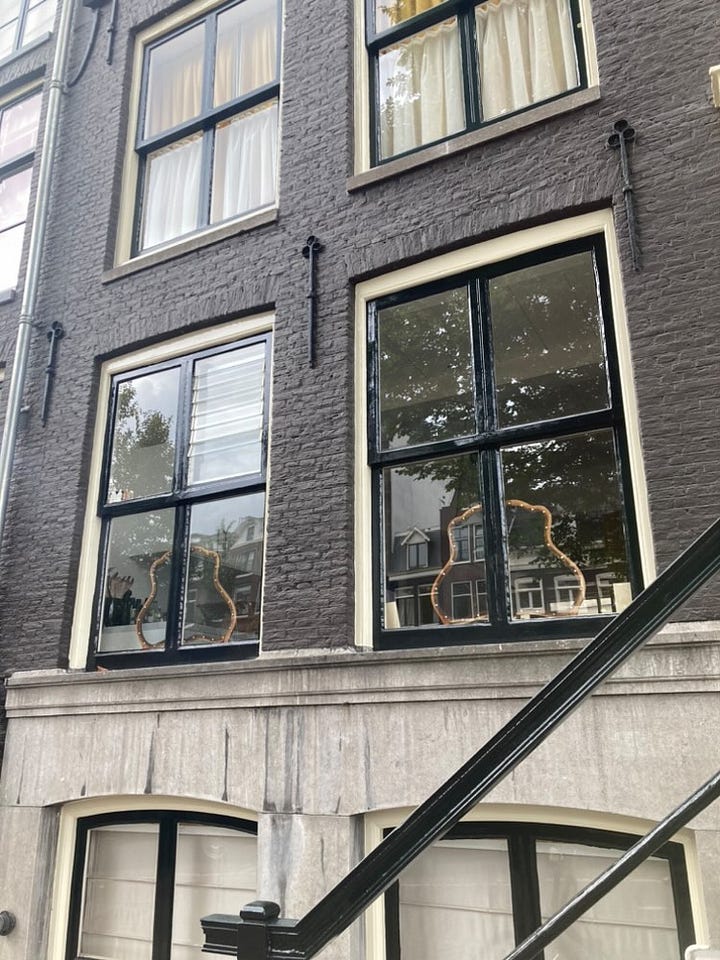
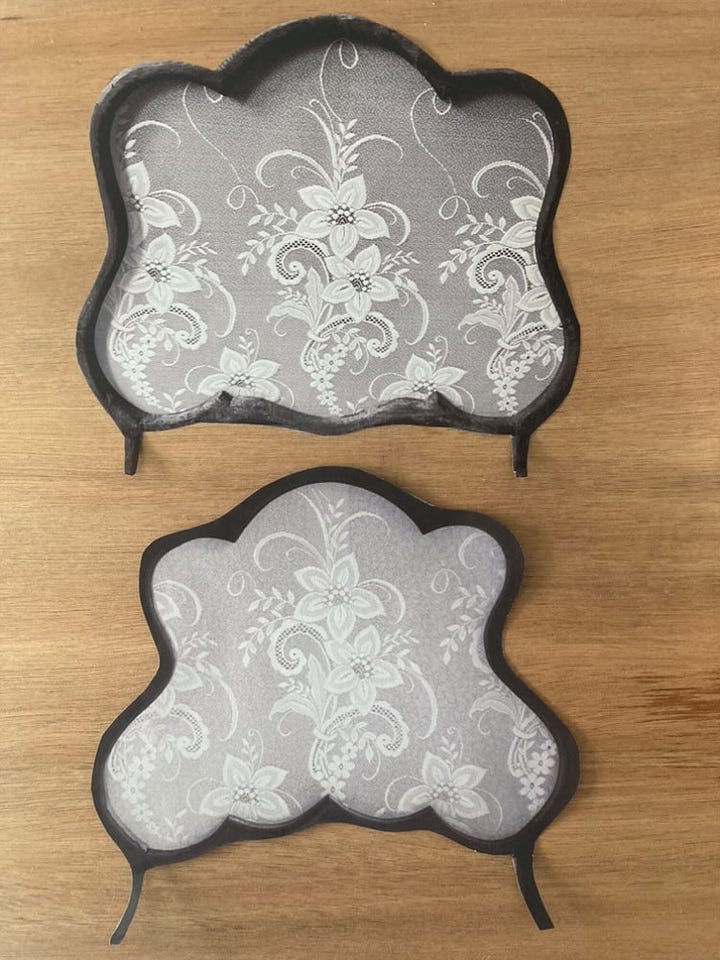
As a nod to the semi-transparent shields, typically seen in the windows of ground-floor rooms across the Netherlands, I made a steel structure that reflects on voyeurism and privacy in public or private spaces. The object was placed on the window sill of the gallery and created a kind of shield between inside and outside, a frame within a frame.
Thank you for reading, feel free to share this with a friend that might be interested! My next letter will reach you at midnight on February 17th. Until then, take care.
x







